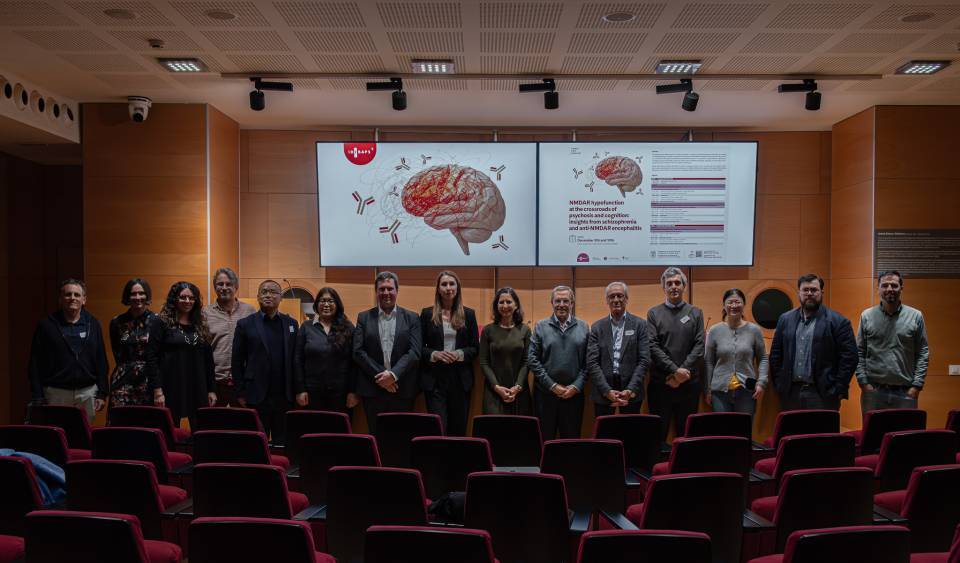A study by the Clínic-IDIBAPS published in the journal EP Europace has shown that, in healthy animals, moderate exercise load can trigger atrial fibrillation, a heart rhythm disorder characterized by rapid and irregular heartbeats. Although this arrhythmia is usually associated with cardiovascular disease, high-intensity exercise has recently been identified as an unexpected risk factor in the development of this condition. This study goes one step further and identifies that moderate exercise load can also cause arrhythmias in certain circumstances.
The study was led by Eduard Guasch, head of the IDIBAPS Arrhythmias and Physical Activity research group, cardiologist at the Hospital Clínic de Barcelona, professor at the University of Barcelona, and member of CIBERCV. His team used rats subjected to moderate or high-intensity exercise load programmes as models to analyse the consequences on the structure and electricity activity of the heart. The results contribute to a better understanding of the causes and mechanisms of exercise-induced atrial fibrillation and may help develop early diagnostic tools and prevention strategies, especially in athletes.
The analyses showed that exercise-induced atrial fibrillation is a phenomenon dependent on training load. In rats subjected to moderate exercise, an enhanced parasympathetic tone (bradycardia, slowing of the heartbeat) and atrial dilation were observed, two factors that favour the onset of arrhythmia and can be detected by tests such as echocardiography or electrocardiography.
“Although moderate exercise is usually associated with cardiovascular health benefits, we have found that, under certain conditions, it can favour the onset of atrial fibrillation”, explains Eduard Guasch.
In rats subjected to high-intensity exercise, in addition to the previous factors atrial fibrosis and increased activation of inflammatory pathways were detected. This inflammation, although transient, could contribute to susceptibility to arrhythmia and the progression of cardiac fibrosis.
“The results suggest that a specific set of inflammatory biomarkers could be useful for the early identification of athletes at higher risk of developing atrial fibrillation. Our study opens the door to exploring new plasma biomarkers as a tool for detecting and monitoring arrhythmia associated with physical activity, especially in cases of intensive training”, concludes Guasch.
Reference article
Anna Alcarraz, Aline Meza-Ramos, Cira Rubies, Maria Sanz-de la Garza, Carlos Eduardo Bolaños-Gomez, Marta Sitges, Lluis Mont, Montserrat Batlle, Eduard Guasch, From moderate to strenuous training: unravelling mechanistic contributors and biomarkers for atrial fibrillation in exercise, EP Europace, Volume 27, Issue 6, June 2025, euaf098, https://doi.org/10.1093/europace/euaf098




